Safe Work Australia has published new information identifying trends in psychological health in workplaces.
The Psychological health and safety in the workplace report highlights the changing impact of work-related psychological injuries in Australia. During 2021-22p:
- Mental health conditions accounted for 9% of all serious workers’ compensation claims, a 36.9% increase since 2017-18.
- The median time lost was more than 4 times greater than that of all physical injuries and illnesses (2020-21).
- The median compensation paid for mental health conditions was more than 3 times greater than that of all physical injuries and illnesses.
- Workers with claims for mental health conditions experienced poorer return to work outcomes and were more likely to experience stigma from colleagues and their employers.
The report draws from 3 main data sources including the Safe Work Australia National Dataset for Compensation-based Statistics, the National Return to Work Survey and the People at Work risk assessment survey.
Read the full Psychological health in the workplace report or the snapshot here.
Quotes attributable to Marie Boland, Chief Executive Officer, Safe Work Australia:
“This new report by Safe Work Australia aims to increase understanding of the impact of psychosocial hazards at work by highlighting trends in psychological health in Australian workplaces.
“The data gives insights that can help governments, researchers, industry and worker representatives to address current and future challenges in psychological health and safety.
“Proactively managing psychosocial hazards at work not only protects workers, it also benefits businesses by improving organisational performance and productivity.
“Under model work health and safety laws, psychosocial hazards and risks are treated the same as physical hazards and risks.
“This data report illustrates the importance of Safe Work Australia’s recent work to support workplaces to understand and meet their work health and safety duties in relation to psychosocial hazards, including the development of a model Code of Practice on managing psychosocial hazards at work.”
About Safe Work Australia
Safe Work Australia develops national policy and strategy for workers’ compensation.
The workers’ compensation stigma campaign has been created in collaboration with Safe Work Australia Members. It is an initiative under the National Return to Work Strategy 2020–2030, which drives action to improve return to work outcomes for ill and injured workers.
Safe Work Australia does not administer workers’ compensation schemes or manage workers’ compensation claims. This is the responsibility of the Commonwealth, states and territories who manage their own workers’ compensation arrangements.
Media contact: media@swa.gov.au
